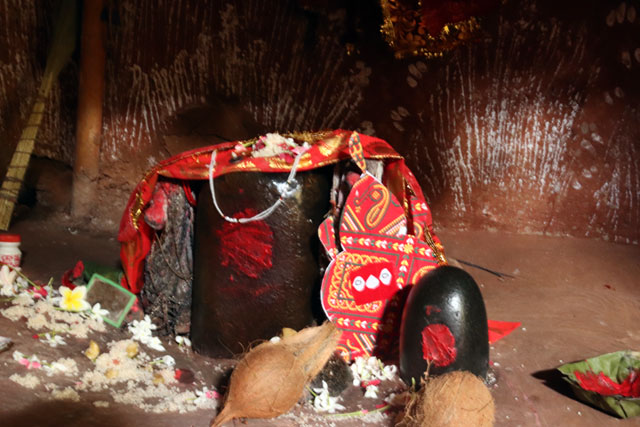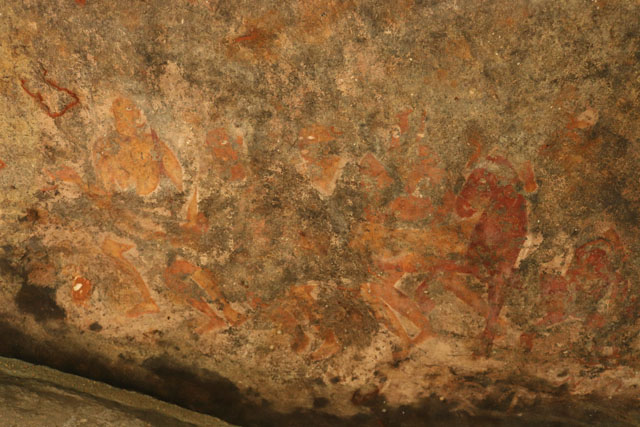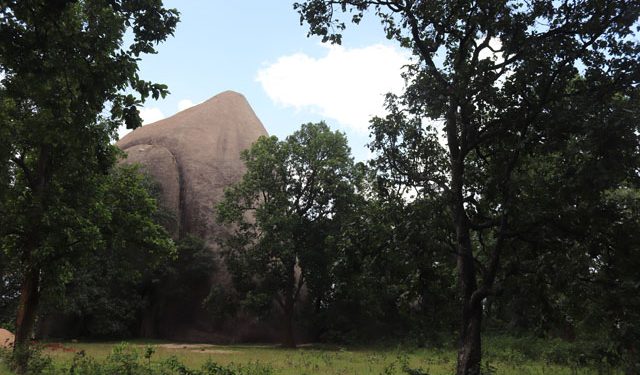The major attraction of the area is the half-opened umbrella-shaped rock, an archaeological relic shelter of ‘Ravanachhaya’’
Bhubaneswar: Mythology always has a powerful impact on everyone’s life. Especially Ramayana has a lasting impression on our lives for its morals, values and ethics.
What really intrigues people in general is the abode of Goddess Sita and interestingly, it has remained a less talked-about topic too.
There are a lot of myths and research that has been associated with it.
Orissa POST interacted with researcher and historian Jitu Mishra with an aim to delve into the deep secrets and facts which have remained less-known till now.

Mishra said, “According to my recent research and many other researches, the aboriginal tribes of Keonjhar in northern Odisha have their version of the episode. Sitabinji is the abode of Goddess Sita and it is located in the heart of Keonjhar where the ashram of Valmiki was located.”
In fact, Sitabinji, a small tribal village is located beside river Sita amidst dense forest and hills. The entire region is hidden in mysteries from ancient times. Mythology as well as locals alludes to the fact that it was the place where Goddess Sita lived while in exile and gave birth to Luv and Kush. The place is also prominent for its ‘Chaturmukha Lingam’ which testifies the presence of Shiva cult from as early as Gupta period.
The major attraction of the area is the half-opened umbrella-shaped rock, an archaeological relic shelter of Ravanachhaya.
The ceiling of this place showcases ‘Tempra’ paintings which is the only kind available in entire north-eastern and eastern regions.
Archaeological officer T Babu of the area said it’s already under conservation of ASI and it’s a huge tourist hub. Besides all, the very attraction of Sitabinji is a shrine inside a cave formed with two boulders which are believed to be Luv and Kush by the local tribal population.

Sumi Puhan, a local, who has been assigned to clean the premises and the shrine, firmly believes that one can experience the presence of the Goddess in there.
At present, the shrine is hold together by mud and bricks containing the carved stone idols of Sita and her twin sons. Standing close to the idols are innumerable terracotta horses donated by devotees in various sizes and colours.
Tribals perform special puja during ‘Ram Navami’ to seek blessings of Goddess Sita and her twin sons Luv and Kush.
TRAVEL TIPS
- Take a cab or bus to Keonjhar
- From there it’s a 4-hour journey on road
- One has to take a detour for about 9 km from village Khatrabeda on Keonjhar – Ghatagaon and Panikoili highway
- Locals advise that one should take two days out for a better exploration of the place and learn the history and mythology associated with it
You can find various stone paintings inside the cave.






































